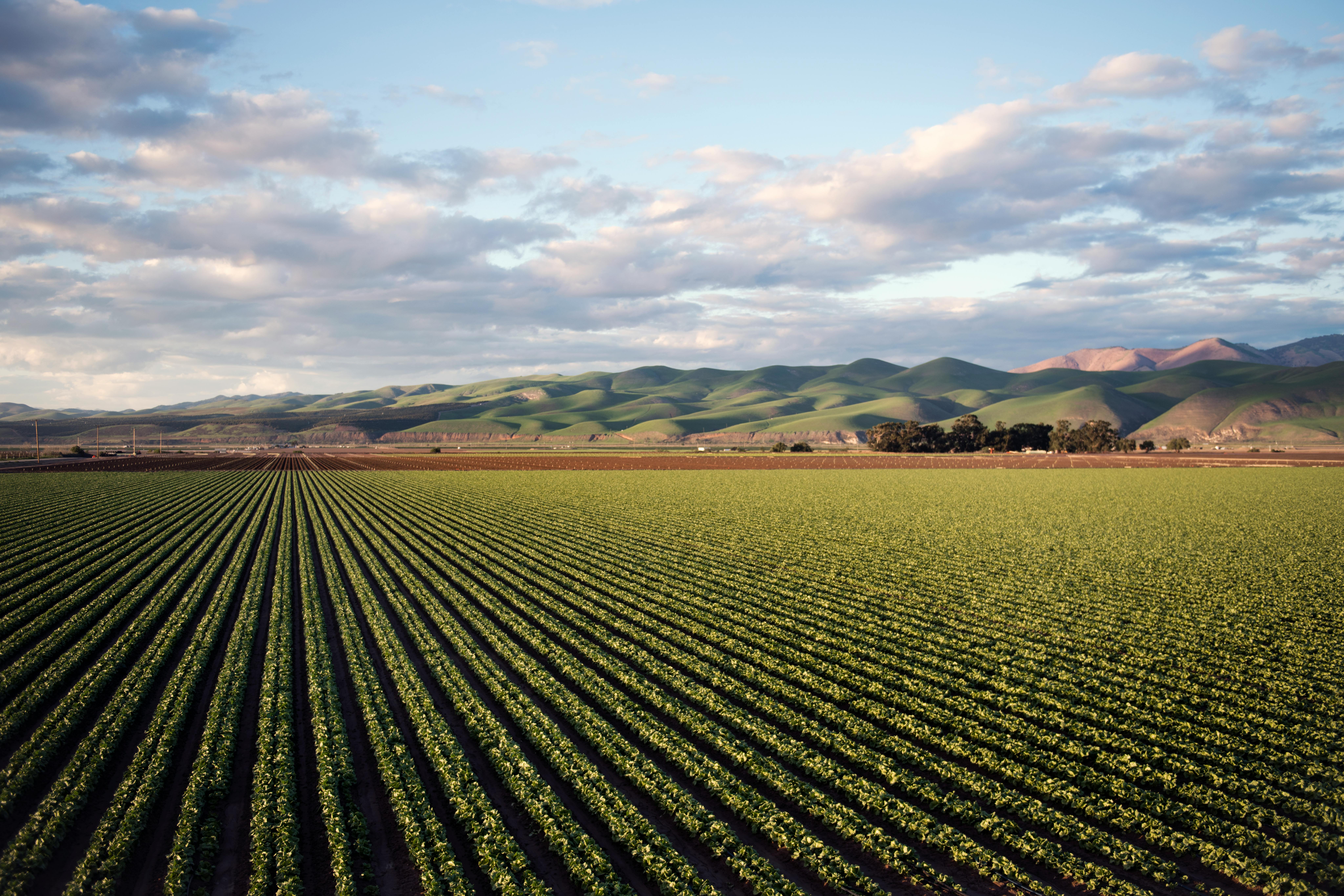
As Africa faces a growing nutritional crisis alongside the challenges of climate change, rapid urbanization, and population growth, the Comprehensive Africa Agriculture Development Programme (CAADP) is taking a bold step into its third decade with a renewed focus on nutrition. In an ambitious forward-looking prioritization, CAADP’s leaders and member states are increasingly advocating for “nutrition-sensitive” Agri food systems and agricultural investments that prioritize the quality, not just quantity, of the food produced and consumed across the continent. This is responding to the Biennial Review Report of the African union which highlights that 52% of the African people do not have access to a healthier diet.
The shift marks a significant evolution for CAADP, a program that championed agricultural development and productivity in its early years but has increasingly adopted a nutrition lens in its programming, officials and partner organizations are working to weave nutritional value directly into agricultural policies and investments within the Agrifood systems.
A key aspect of CAADP’s renewed focus is its emphasis on scaling up effective and innovative nutrition solutions through policy shifts. For instance, by creating incentives for private sector investment in nutrient-rich crops such as legumes, fruits, and vegetables, CAADP aims to enhance dietary diversity across communities. Additionally, improved coordination among funders, potentially through country platforms or in collaboration with global initiatives like the Global Financing Facility (GFF), is expected to channel investments more effectively toward long-term pathways for scaling sustainable nutrition outcomes. Examples include partnerships that support the establishment of resilient value chains or innovations like biofortified staples tailored to local contexts.
The increasing need for Nutrition to be central in the next decade of CAADP comes at a time when African nations are facing the complex “triple burden” of malnutrition: undernutrition, micronutrient deficiencies, and, in certain urban areas, a rising incidence of obesity. These issues co-exist within communities, presenting a nuanced challenge for policymakers. Addressing these challenges requires a rethinking of agricultural policy to ensure that the food systems serve the dual purpose of providing economic livelihoods and supporting healthier diets.
The consensus for this renewed vision will require African governments and their partners to invest not only in food production but in food quality, explicitly linking agricultural investments to nutritional goals. This means that “yield” alone can no longer be the guiding measure of productivity. Instead, the next decade of CAADP’s work will have to focus on promoting dietary diversity and developing supply chains that favor nutritionally rich crops, such as legumes, fruits, vegetables, and pulses, advancing cereals like millet and sorghum in addition to common staples like maize and rice.
Central to CAADP’s approach is the use of data-driven strategies that can bring scientific rigor to agricultural policy. With a commitment to tracking seventeen key nutrition indicators, CAADP Framework aims to empower policymakers with accurate, up-to-date information on dietary trends and nutritional outcomes. Improved data collection systems will help governments make informed decisions, monitor their progress, and adjust their strategies to better address malnutrition. These data systems are essential, experts argue, not only for identifying gaps but for holding leaders accountable as they move from policy promises to impact.
CAADP also recognizes the importance of monitoring how these policies impact producers, consumers, and value chains. Dedicated systems will evaluate the effectiveness of scaled interventions to ensure that the intended outcomes—such as improved access to healthier diets, increased productivity for farmers, and stronger food systems—are realized. This feedback mechanism will not only measure progress but also refine strategies to address any unintended consequences and maximize benefits for all stakeholders.
Youth engagement, too, is a critical element of CAADP’s decade-long roadmap. With nearly 60 percent of Africa’s population under the age of 25, this makes young people as both the drivers and the beneficiaries of this nutrition revolution. CAADP next decade has a focus on enhanced training programs, advocacy efforts, and community-led platforms that empower young Africans to participate actively in shaping the Agri food systems to achieve positive nutritional outcomes on the continent. These initiatives are designed to ensure that the next generation feels invested in and responsible for creating resilient, nutritious food systems that can withstand climate shocks and economic pressures.
Building on this commitment to youth is CAADP’s push for stronger partnerships across sectors, bringing agriculture, health, and education into collaborative alignment. Officials are working to break down silos among government agencies and strengthen ties with the private sector to create a cohesive, multisectoral approach to nutrition.
Underpinning this ambitious framework is a robust system of accountability. With plans for dedicated monitoring systems, CAADP hopes to ensure that all stakeholders, from policymakers to local leaders, are held to account for implementing effective nutrition-sensitive strategies. These mechanisms will track progress in real-time, spotlight areas where interventions are needed, and ultimately ensure that public investments translate into improved diets and food security for African families.
As CAADP looks into the future, the path forward is clear: to move beyond yield-focused agriculture toward a model that places the health and resilience of communities at its center. Leaders across the continent hope that, by 2034, Africa will not only be food secure but food nourished—where every meal contributes to the health of its people and the sustainability of its lands.




